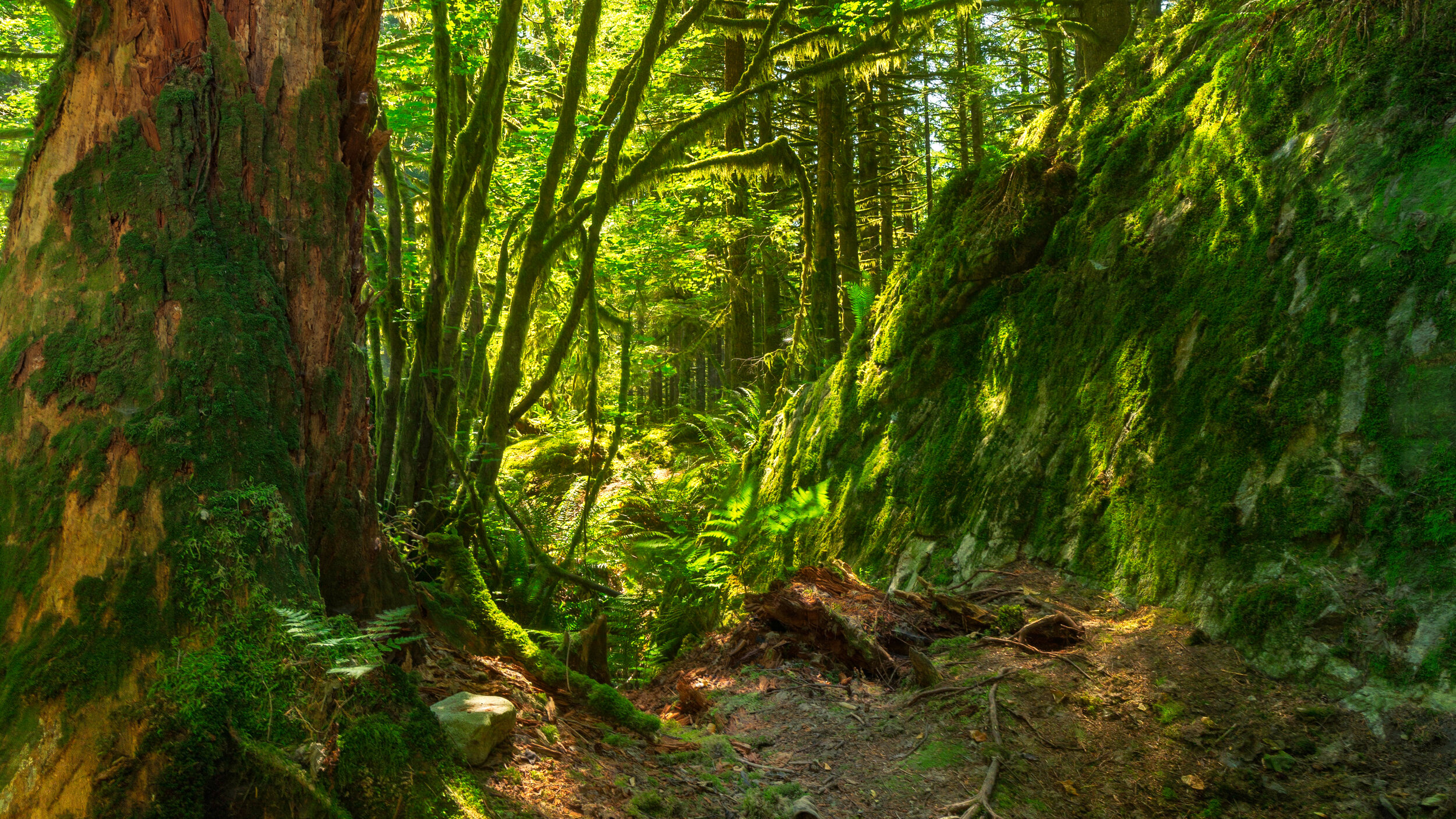
Elders Council
LPM Elders Council
The LPM Elders Council's values, principles and teachings weave together cultures of peace, reconciliation and healing in our global community. Each Elder's worldview, cultural background and lived experience is unique and guides us in understanding cultural protocols and respectful relations. We are deeply grateful to the LPM Elders Council and recognize that as we seek answers to the world's challenges of conflict resolution, their voices are essential in the journey for peace.
Please contact us to find out more about joining the LPM Elders Council.
Living Peace Museum - The Concept

The concept of the Living Peace Museum is inspired by Canada's vast heritage of peace traditions. Our primary focus is on making known what traditions of peace live in communities' memories, what items of material culture, songs and stories they have preserved and what new traditions they are developing now inspired by Canada's nature and people.
These traditions may be carried in visual and performative art, written in folk tales and novels or expressed in music as creations of vocal and bodily expressions. They may be seen in nature, such as in eagle feathers and peace trees. Canadian heritage draws from multiple heritages of the First Nations, Europeans, African, Haitian and the people from the Caribbean, Asian (Chinese, Indian, Japanese, Filipino, Afghani, Persian, Arab nations), South American and all the 24 major and minor cultural groups in Canada. One example is that of the wampum belt of the First Nations that was used at negotiation rites and ceremonies offering peace.
The Living Peace Museum's path envisions exploration, awareness, performances and displays of this enormous and multifaceted heritage of Canada by working with communities. As we walk along, LPM would make visible, archive and generate phases connecting threads of the national fabric of heritages of peace in Canada with similar world heritages.
— Sultan Somjee
Dr. Somjee with Pokot elder and peace staff

